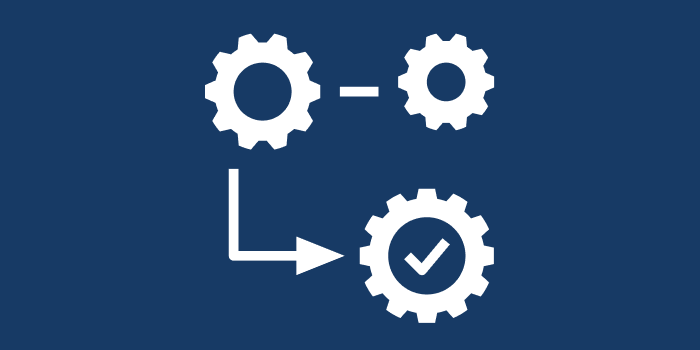Imagine you're driving a car. How do you spend your time? You balance it between watching the street, glancing at the speedometer, the gas gauge, the rear-view and outside mirrors. At the light you stop and quickly check your phone for new texts or emails or calls. So many things demand your attention. How do you manage it all
Balance
To market your startup you have to balance your time between building and looking at dashboard metrics (first data of limited quality/quantity) and listening to your prospects and customers. To follow the driving allegory, if you employ the old outbound marketing formula, you're focusing on your dashboard only. For example, you mistake the amount of people who follow you on Twitter for marketing success. But let me ask you this. Of those people, how many have engaged with you? If you get too engrossed in checking your numbers, you'll forget to look at the road. Guess what happens when you don’t watch where you’re going? You crash.
You've got to shift your thinking to inbound marketing. Who's out there? Your customers. What do you do? You navigate between them. Your actions have consequences and they need to be relevant. Generate demand. Drive leads. Measure everything you do: the shifting of the gears, the slowing down, the speeding up, the stopping, the turning. At the same time, don't get carried away. Most big organizations use about 15 core metrics. You’re a startup. You don’t have the time or the resources to evaluate them all. 50% of your marketing budget should be spent on demand generation assessment, the rest on your brand and brand awareness. Apply the 80-20 rule. Use 20% of marketing data to have an 80% impact. Even if you measure only 50% of your marketing on an ongoing basis, you’re making huge progress.
Focus on the following:
- The windshield.
Always look through your car's windshield. Talk to your customers. Listen to them. Observe them. Learn from them, before you turn to data. Anticipate their actions. Ask yourself. Are you going in the right direction? Do you have the right focus? Do you have the right strategy in place? Are you aware of the things that take place around you that you may not have foreseen? As a marketer, you need to respond to new things that materialize in your industry. Looking at the road must be your priority. It will allow you to be proactive and to capitalize on opportunities as they arise. The dashboard and mirrors are there for you to instantly calibrate, if whatever you see needs your attention. They’re tools to help you decide what to do and what direction to take.
- The dashboard.
The things you measure are digital: visitors to your website, conversions at certain stages in the funnel, and so on. Focus on this and not on awareness impact. Your marketing team is small, so you probably don’t have a lot of data anyway. Low volume of data won’t yield interesting insights and conclusions. Give it time. Concentrate on the metrics that are easy to assess, and measure them on an ongoing basis. Remember, this is your car’s dashboard. It’s not there for you to look at once or twice a month, it’s there for you to look at whenever you need to. It shows you important metrics for your company. Don’t be tempted to have too many. It’s more important to select a few right ones than overburden yourself and fail to keep up. Automation is key. There are lots of tools that can help you.
- The rearview mirror.
Don’t forget to look in it. Have at least one year of data for the metrics you care about most. Benchmark it. If you don’t have much information because you’re just starting out, build up a good volume of data as soon as you can. Insights are only relevant if you can compare them to what you’ve done before.
- The flow of traffic in the funnel.
Everything is a funnel: sales, marketing, etc. People who are interested in your industry type words into a search engine, get funneled to your website, get funneled to the right web page, get funneled to a form on that page. Their information gets funneled into your database so your sales team can follow up with them via email or phone, which will hopefully lead to conversions. The funnel is the core of how you measure your business. When you build your dashboard and your KPI system, tie in these metrics. They should be compatible with each other. For example, when you measure conversions from a form on a web page, capture the type of information that will make it possible to connect it to the next metric, which might be how many opportunities get converted into sales.
Your to-do list:
- When measuring data, apply the 80-20 rule and don't spent more than 20% of your time on it.
- Allocate 50% of your marketing budget to measurable marketing, 50% to gut feel brand awareness (is it beautiful, high quality, memorable?).
- Develop a dashboard to daily measure the most important metrics. It could be unique visitors to your website or organic search results for the most important keywords.
- Put Analytics, marketing and tracker codes on your digital outlets like your website.
- Start accumulating volumes of data and benchmark it to see your progress and gain insights.
